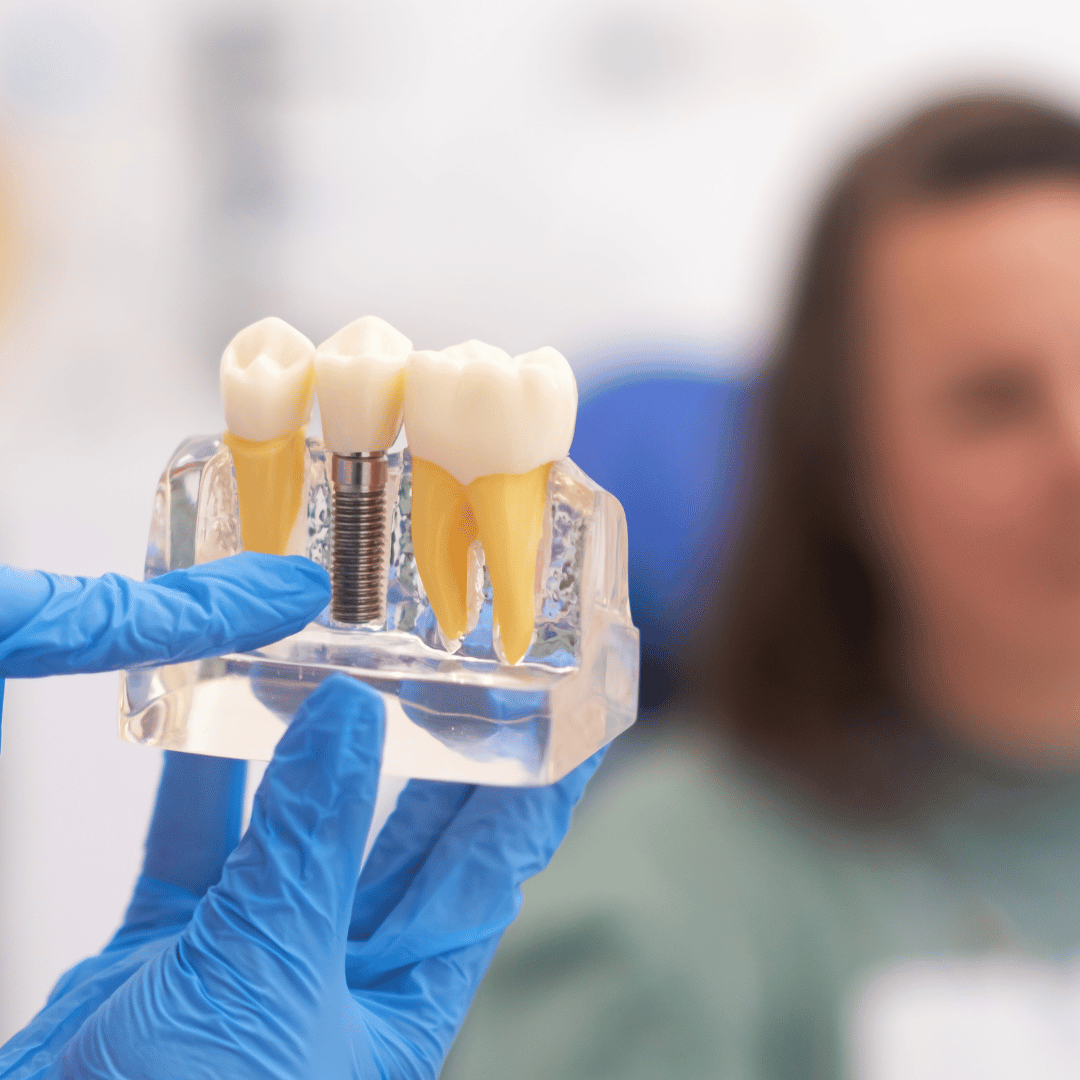+919790726189

This is your website preview.
Currently it only shows your basic business info. Start adding relevant business details such as description, images and products or services to gain your customers attention by using Boost 360 android app / iOS App / web portal.
iMPLANT DENTISTRY IN WEST MAMBALAM, ASHOK NAGAR...

iMPLANT DENTISTRY IN WEST MAMBALAM, ASHOK NAGAR, CHENNAI Understanding the Challenges of Dental Implants Dental implants are an effective solution for tooth loss, but their success depends on several factors, including the anatomy of the patient. Two critical challenges that can lead to implant failure are the presence of short clinical crowns and reduced interridge distance. Both conditions impact the stability, function, and longevity of implants. Below, we will explore the reasons why dental implants may fail in these situations. 1. Insufficient Crown Height A short clinical crown refers to a tooth crown that is shorter in height than average. When it comes to dental implants, a shorter crown has several implications: Biomechanical Stress: Implants in short crowns are subject to increased stress because of reduced vertical space. The occlusal forces (the forces exerted when chewing) get concentrated on the implant, rather than being distributed along the entire prosthetic tooth. This often leads to overloading of the implant, which can cause failure. Limited Retention and Stability: Short crowns offer less surface area for the crown to adhere to the implant. Reduced retention increases the likelihood of the crown becoming loose or dislodged over time, especially under functional forces like chewing. Aesthetic Challenges: In short crowns, the aesthetic placement of the implant may be compromised. The reduced space makes it challenging to create a natural-looking prosthesis, potentially affecting patient satisfaction. 2. Reduced Interridge Distance The interridge distance is the vertical space between the upper and lower jaws. In patients with reduced interridge distance, several problems can arise: Compromised Prosthetic Space: When the interridge distance is reduced, the space available to place the implant and its prosthesis is limited. This restriction can lead to the placement of thinner or shorter implants, which may not have sufficient strength to withstand daily occlusal forces. Bone Resorption Risk: In patients with reduced interridge distance, the bone may undergo further resorption due to the increased forces exerted on the implant. Bone loss around the implant can lead to peri-implantitis, jeopardizing implant stability. Difficulty in Achieving Optimal Occlusion: Proper occlusion (the way teeth come together when biting) is essential for long-term implant success. Reduced interridge distance can make it difficult to achieve a balanced occlusion, increasing the likelihood of implant overload and mechanical complications such as loosening of screws or fractures. 3. Technical Complications Implants in cases of short crowns and reduced interridge distance may also suffer from various technical issues: Screw Loosening or Fracture: Due to high stress concentrations, the screws used to hold the implant and crown in place may become loose or fracture. This can result in the failure of the prosthetic component or the entire implant. Difficulty in Prosthesis Design: Designing a stable, functional prosthesis in these situations is often challenging. 4. Soft Tissue Management In cases with limited vertical space, there is often less room for proper soft tissue management around the implant site. This can lead to insufficient keratinized tissue around the implant which can increase the risk of peri-implant disease and complicate oral hygiene. Poor Gingival Aesthetics: With limited space for soft tissue, achieving optimal gingival contours may be difficult, leading to unsatisfactory aesthetic outcomes. 5. Possible Solutions To overcome these challenges, dentists and oral surgeons can employ several strategies: 1.Bone Augmentation 2.Custom Abutments 3.Short or Narrow Implants 4.Splinting of Implants Conclusion Dental implants in patients with short clinical crowns and reduced interridge distance require special considerations. The primary reasons for failure include biomechanical stress, technical complications, and soft tissue management issues. However, with proper planning, including the use of custom abutments and bone augmentation, the risk of failure can be minimized, leading to successful and to successful and long-lasting implant outcomes. Dental Clinics in West Mambalam Dentists in West Mambalam Dentists in Ashok Nagar Best dentist near me Best Dental Clinics in West Mambalam Oral surgeon in West Mambalam Dental Implants in West Mambalam Oral surgeon in Ashok Nagar Implant specialist in West Mambalam Implant specialist in Ashok Nagar

